Home for Fish and Rice
Suzhou sits about 100 km west of Shanghai, a 25-minute ride by fast train. Its mild climate, rich soil and nearness to lakes all contribute to its reputation as the ‘Home for fish and rice’, a good basis for civilization. In 220 BC, Suzhou became capital of the Warrior State ‘Wu’, before China was gradually consolidated into a single empire.
Agriculture drove its population growth and stimulated trade development. The city then specialized in silk production and fashion clothing. Culture also flourished, with pottery making, gardening, theatre and literature. A rich heritage in culture and art still influences the modern city.
Old Town Venice
Walking along the old town, one cannot help but feel nostalgic. Old wooden houses stand beside the quiet flowing river; willow tree leaves dangle alongside the banks. This is a low-key, oriental Venice, still waiting to be discovered.

Suzhou Museum
Suzhou Museum is a must-go place in the city’s old town. If you can only visit one place, go there! An architectural masterpiece, the museum miraculously blends modern abstract geometry with Chinese traditional style. It uses the light, water and surroundings in a masterful way. Every detail is both ancient and modern, delightful and weighty.
The museum is free. Since it does not provide a cloakroom, it would be wise not to carry heavy things during your visit.
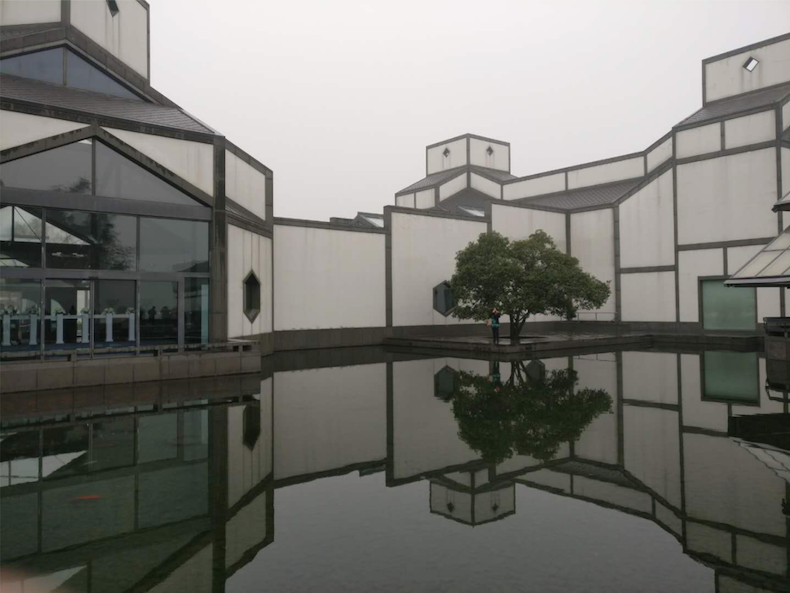
In the 1990’s, the city began to industrialize. Today, Suzhou is home to many electronic product factories. At the beginning, many of the factories were owned or invested in by non-Chinese companies. Over time, the proportion of Chinese-owned companies / factories rose quickly. Like many cities in China, it is polluted. The pollution is even more severe in SIP (Suzhou Industrial Park) with low visibility. Wearing masks is essential!
Lifestyle Concept Shops
Chinese retail industry is witnessing its biggest transformation, for two reasons: increasing pollution and exploding Internet shopping. As more consumers shop with just a press of a button on their mobile phones, shops need to change to survive, or to thrive. That is especially true for Suzhou, a city with a heritage of literature and culture. Roaming in shopping malls, one can see numerous shops offering either novelty or pleasure to attract and retain retail consumers.
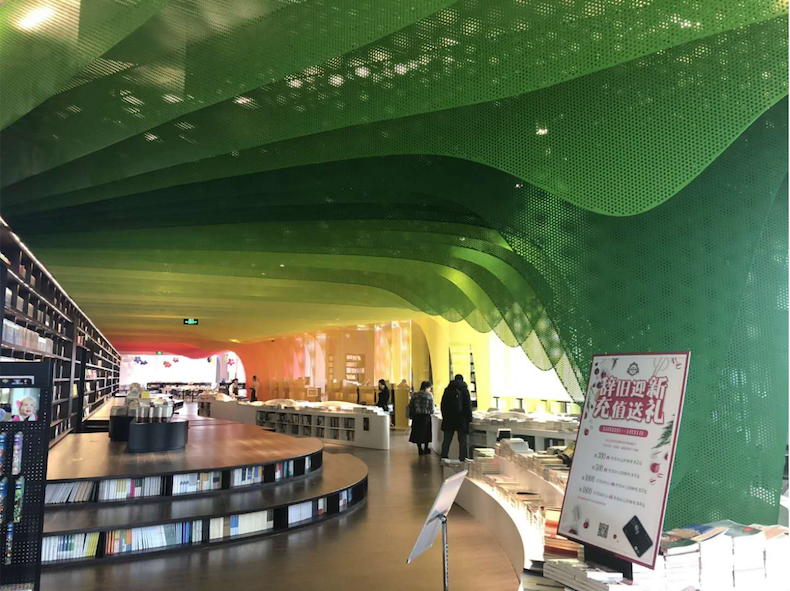
Transportation – the public transportation makes commuting quite convenient & punctual.
- Metro – There are five metro lines in the city. Usually the metro costs RMB2/trip (£0.2)
- Taxi – Avoid peak hours.
Administration and Touristic Areas
- Population – 13.75 million as of 2016 (vs. London’s 8.6 million as of February 2015)
- Diversity – 48% of the population comes from outside of Shanghai (vs. London 44% of the city’s people are now of ethnic minority origins.)
- Size – 8,488 sq km for Suzhou Administration (vs. 1,572 sq km4 for Greater London)
Minji’s Contact
- Website: conversationwithchina.com
References:
- [1] http://3g.163.com/3g/article/CAG6H06300964LEU.html
- [2] http://www.bbc.com/news/uk-england-london-31082941
- [3] http://baike.baidu.com/item/??/122945
- [4] https://en.wikipedia.org/wiki/Greater_London
- http://www.bbc.com/news/uk-england-london-3108294
- http://baike.baidu.com/view/10231240.htm
- https://en.wikipedia.org/wiki/Greater_London
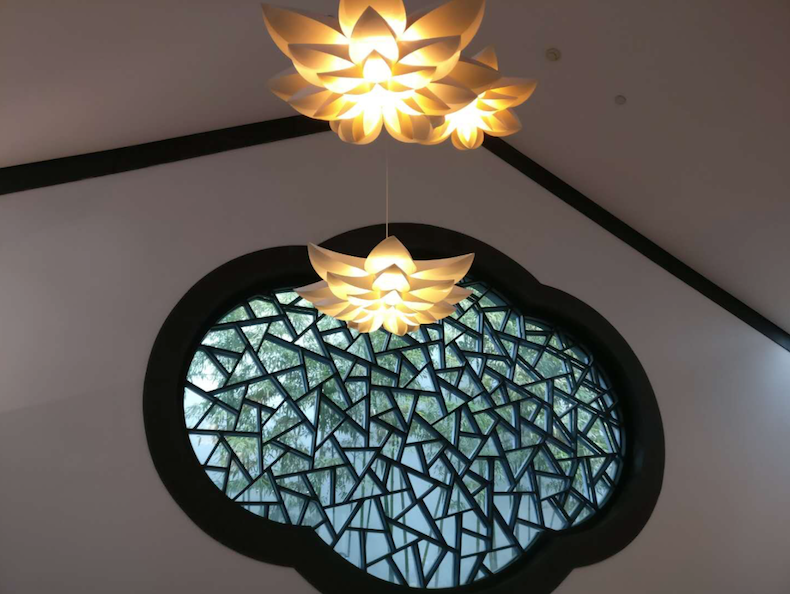
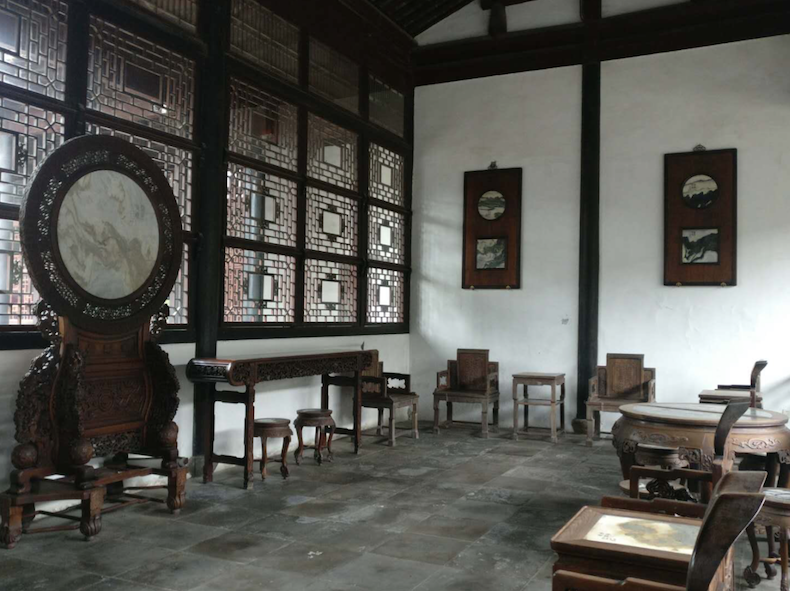

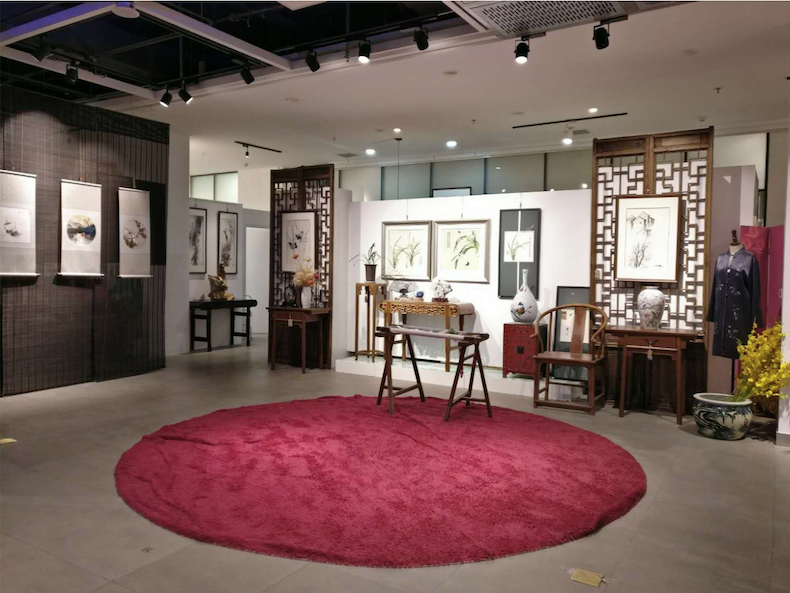


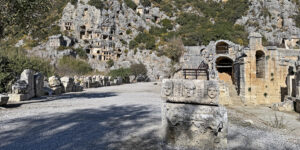
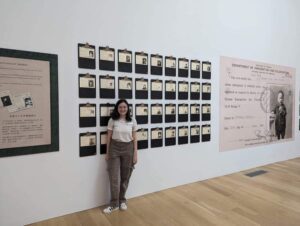
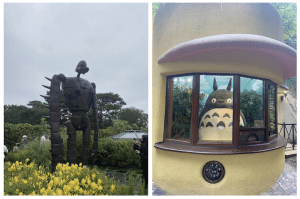
Leave a Reply